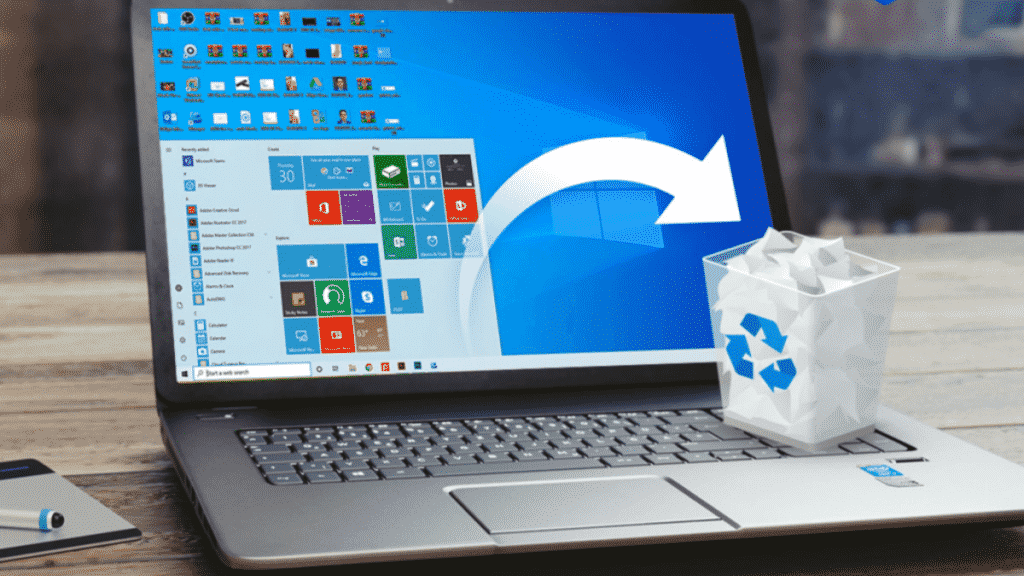Thanks to Bill Gates and his team, Microsoft is the single biggest computer operating system supplier in the world, with more than 75% of all computers running on some form of windows.
To date, Windows 10 stands as the benchmark of a great operating system, recapturing the efficiency and easy that could be found in Windows 7 and XP before. Windows is a true jack of all trades, supplying a great foundation for virtually anybody to do anything they could want with their computer.
What Is Bloatware
Bloatware at its core is software that is of little use to a particular user yet continues to use system resources. In this case, the bloatware referred to is often applications which come standard as part of a windows installation and are, for the most part, constantly running in the background. Bloatware would typically not be an issue or intrusive to the end user if it were not running in the background, but in these cases, Microsoft has deemed the apps necessary enough to have them constantly running.
To be clear, not all bloatware is standard from Windows. Regularly, when installing an application, you want to use, it will be packaged with another application for installation. Registry cleaners and antivirus software which aggressively pushes sales are typically considered bloatware, so finding what is bloatware and not will be dependent on the use case of the user.
Identifying Bloatware
Bloatware is an individual thing, some people may find standardly installed applications useful, while you may not. For example, for an avid Google Chrome user, Microsoft Edge is just unnecessary and bloatware, for a Zoom or Discord user, Skype will serve little purpose.
The best way to identify bloatware for yourself is to look through all the installed applications on your computer and decide what is not right for your own use.
Debloating Scripts
When it comes to removing the standard bloatware on Windows 10 and 11, there are a few communities made scripts that can make the process a lot quicker and easier. Letting random scripts from unknown sources run on your computer is never a good idea, so stick to the larger and trustworthy names in the industry. Chris Titus Tech supplies a great debloat script which will remove all the standard bloat, tracking and telemetry from Windows. When following a script like this, it’s best practice to fully understand the function of the script first, in case it may remove something you would like to keep. In Chris Titus Tech’s case, he supplies great videos to help understand what all will be removed and possible performance gains to be had.
When To Debloat Windows
When to attempt to remove the bloat from your Windows installation can be a tricky topic. Depending on how long you have had the computer and what has been installed, the bloat removing scripts may only scratch the surface of your problem.
Best practice is to run the debloating script on a fresh installation of Windows and be cautious about what you are installing from there. Debloating an existing and longtime used installation can become tricky with years of installations and background apps. That’s why it’s better to play in your web browser at sites recommended by https://casinositescanada.net/bonuses/.
Should You Remove Bloatware?
Most ordinary users will likely not notice the bloatware on their computer. If your computer is becoming a bit sluggish, or you are not getting the performance you were used to, it may be time to look at debloating the system or potentially a fresh windows installation.

